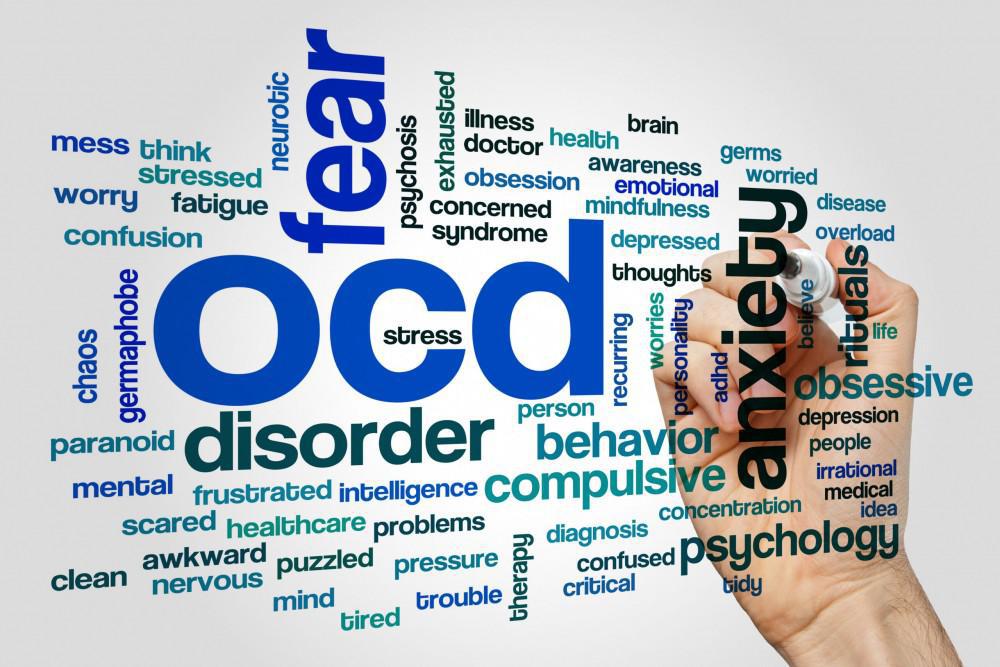Restless Legs Syndrome (RLS) is a neurological disorder that is characterized by uncomfortable sensations in the legs that are relieved by movement. These sensations typically occur in the evening or at night and can interfere with the ability to fall asleep and stay asleep. RLS is a common condition that affects approximately 10% of the population, with women being more likely to be affected than men.
The exact cause of RLS is unknown, but it is thought to be related to abnormalities in the way the brain processes dopamine, a neurotransmitter that is involved in the regulation of movement. RLS may also be associated with other conditions such as iron deficiency, kidney failure, and peripheral neuropathy. In some cases, RLS may be inherited and run in families.
Symptoms of RLS typically include an urge to move the legs, accompanied by uncomfortable sensations such as tingling, itching, burning, or aching. These sensations may be relieved by movement, such as walking or stretching, but may return once the movement stops. In some cases, the symptoms may also affect the arms or other parts of the body.
RLS can have a significant impact on an individual’s quality of life. The disrupted sleep caused by RLS can lead to daytime fatigue, irritability, and difficulty concentrating. In addition, the urge to move the legs can interfere with daily activities and make it difficult to sit still for long periods of time.
Treatment for RLS may involve a combination of lifestyle modifications and medication. Lifestyle modifications may include avoiding caffeine and alcohol, establishing a regular sleep routine, and engaging in regular exercise. Medications such as dopaminergic drugs, opioids, and anticonvulsants may also be prescribed to help relieve symptoms. It is important to note that these medications can have side effects and should be used under the guidance of a healthcare professional.
In addition to medical treatment, there are several self-care strategies that can help manage symptoms of RLS. These may include practicing relaxation techniques, such as deep breathing or meditation, using heat or cold therapy to relieve discomfort, and engaging in activities that promote circulation, such as walking or stretching.
Restless Legs Syndrome is a neurological disorder that can have a significant impact on an individual’s quality of life. While the exact cause of RLS is unknown, there are several effective treatment options available. If you or someone you know is experiencing symptoms of RLS, it is important to seek the guidance of a healthcare professional to determine the best course of treatment. With the appropriate care and support, individuals with RLS can learn to manage their symptoms and improve their overall well-being.


 The physical postures, or asanas, are designed to increase strength, flexibility, and balance in the body, while the breathing exercises, or pranayama, help to calm the mind and reduce stress. Yoga has been shown to have numerous physical and mental health benefits, including reducing the risk of chronic health conditions such as heart disease and diabetes, improving mental health and well-being, and reducing stress and anxiety. There are many different styles of yoga, including Hatha, Vinyasa, and Ashtanga, each with its own unique approach and benefits.
The physical postures, or asanas, are designed to increase strength, flexibility, and balance in the body, while the breathing exercises, or pranayama, help to calm the mind and reduce stress. Yoga has been shown to have numerous physical and mental health benefits, including reducing the risk of chronic health conditions such as heart disease and diabetes, improving mental health and well-being, and reducing stress and anxiety. There are many different styles of yoga, including Hatha, Vinyasa, and Ashtanga, each with its own unique approach and benefits.  Yoga is accessible to people of all ages and fitness levels, and can be practiced in a variety of settings, from studios to parks to the comfort of your own home. Whether you are looking to improve your physical health, reduce stress, or find inner peace and balance, yoga can be a powerful tool to help you achieve your goals.
Yoga is accessible to people of all ages and fitness levels, and can be practiced in a variety of settings, from studios to parks to the comfort of your own home. Whether you are looking to improve your physical health, reduce stress, or find inner peace and balance, yoga can be a powerful tool to help you achieve your goals.





